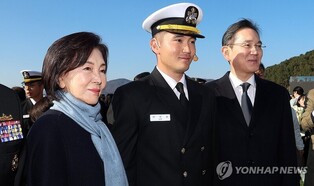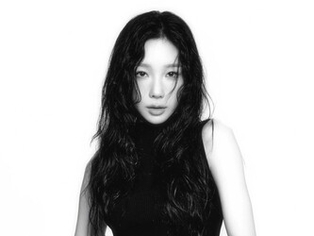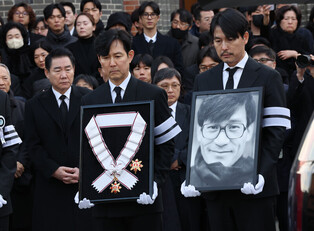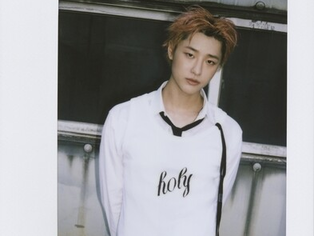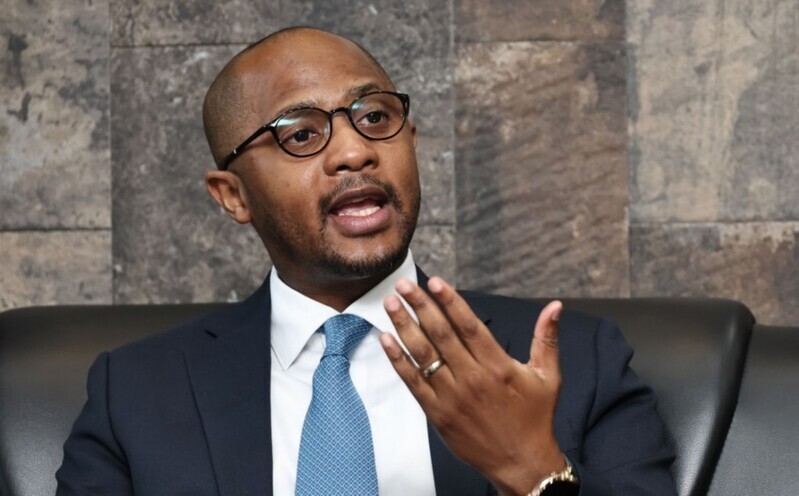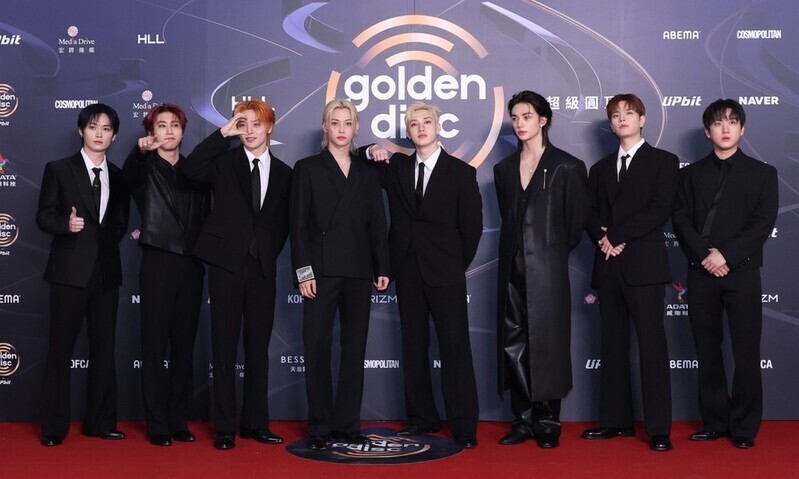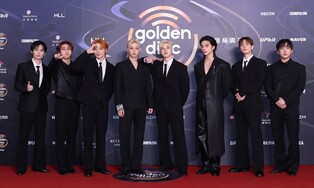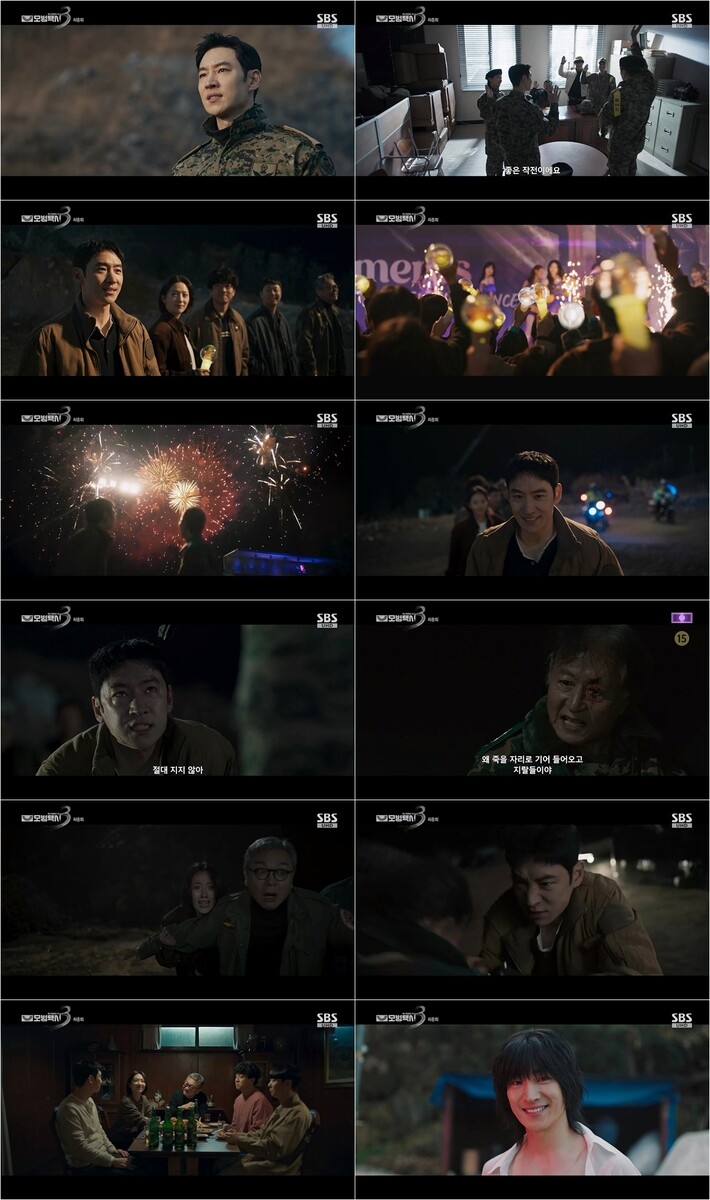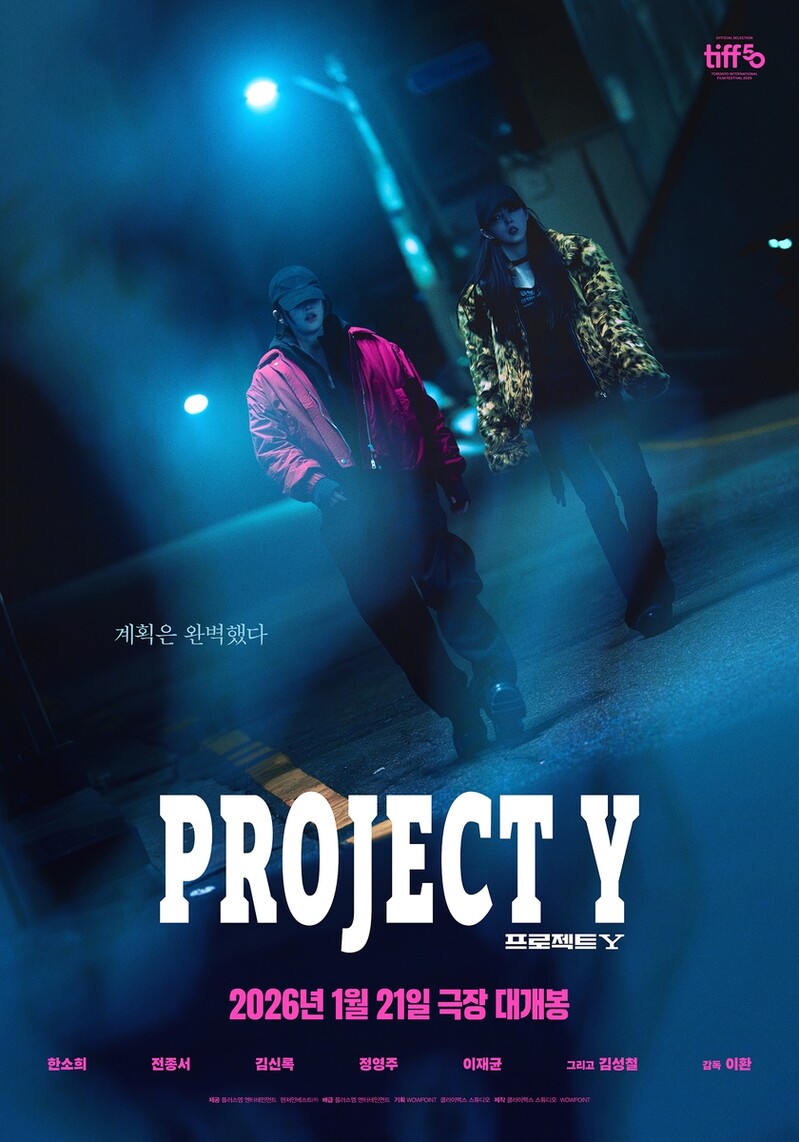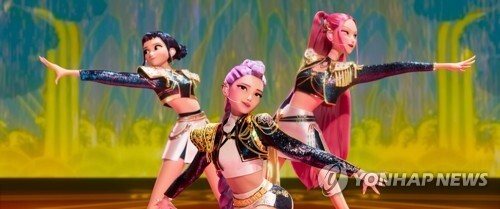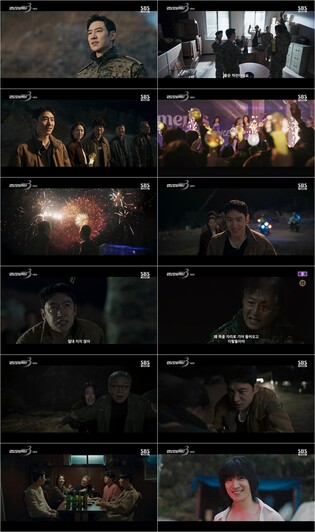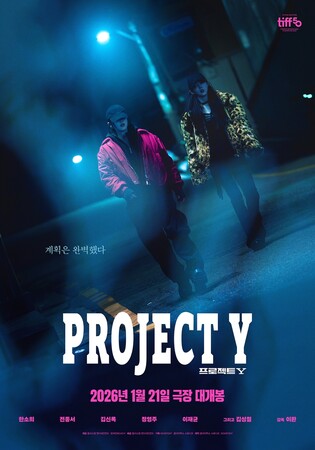*Editor’s note: K-VIBE invites experts from various K-culture sectors to share their extraordinary discovery about the Korean culture.
Scrutinizing AI: Declaration of the "Democratization of Artificial Intelligence"
Contributed by Lee Eun-jun (professor at Kyungil University)
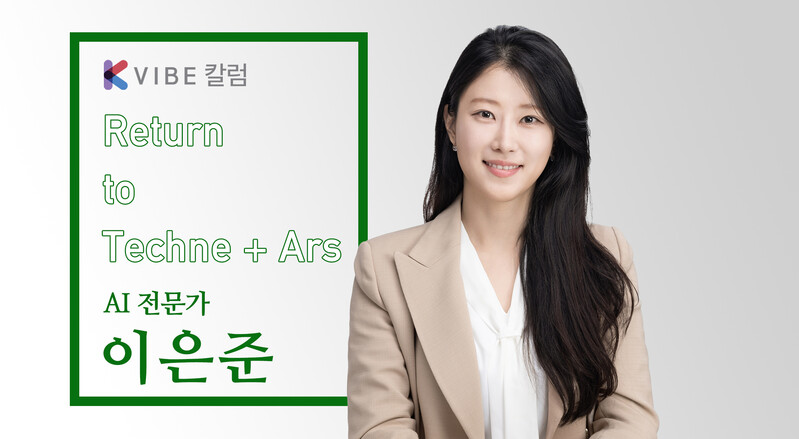
MIT is renowned for its OpenCourseWare (OCW), an online education platform launched in 2003 to offer free, global access to MIT's coursework. Influencing nearly all online learning institutions worldwide, OCW hosts over 1,800 courses. Anyone with an internet connection and the desire to learn can selectively access nearly all MIT courses. Similarly, Yale University has operated its Open Yale Courses initiative, providing public access to popular undergraduate lectures, including those in music and arts, to promote global education.
The UK pioneered similar initiatives even earlier, presenting the concept of Open University through BBC broadcasts. In 2006, the BBC launched OpenLearn, inspired by MIT's OCW, to expand free online education access.
These renowned institutions opened their courses to the public to address the global educational "divide." Despite technological advances, they recognize that access to education should not be hindered by technology gaps. This drive towards "democratization of knowledge" reflects the humanistic goal of ensuring equitable access to learning. Although the term "democratization of knowledge" is my own, the idea underscores these universities' commitment to the right to education and human dignity.
However, the digital divide remains a pressing issue, exacerbated in today’s information society. For instance, older individuals frequently struggle to use kiosks at restaurants and cafes. Particularly, low-income individuals, the elderly, and those in developing countries have fewer opportunities to access the latest technologies. As of 2024, approximately 5.45 billion people—67.1% of the global population—are online, leaving one-third of humanity without internet access.
UNESCO's Global Education Monitoring Report 2023 states that only 40% of elementary schools, 50% of middle schools, and 65% of high schools worldwide have internet access. This digital divide is not just about connectivity; it reflects limited access to advanced technologies, such as artificial intelligence. Although global connectivity is widely discussed, expanding access remains unequal, with infrastructure shortages restricting information access in many regions.
◇ Digital Accessibility and Inequality in AI-Based Art
Without stable internet access, individuals are effectively barred from leveraging AI, as the ability to utilize such technologies is inherently tied to economic and technological resources. Consequently, these individuals face exclusion from cultural rights and opportunities to engage in contemporary creative processes.
The rapid development of AI technology has fundamentally transformed how we access information, knowledge, and even creative inspiration. For artists, including those in the MZ generation aspiring to make art their career, the ability to access AI-driven information and data is increasingly essential. For digital artists who incorporate AI into their work, closing these technological gaps is not just beneficial but necessary.
AI-based art, grounded in digital technology, remains out of reach for those with limited internet connectivity. While AI expands the boundaries of creative expression and enables innovative forms of art, digital inequality means that many are unable to participate in or even view these creations.
The exclusion from digital art creation and appreciation is not simply an issue of artistic talent or creativity; it reflects a significant social and economic accessibility gap. This disparity underscores the reality that entire groups of people, particularly those who are economically disadvantaged, are being systematically excluded from cultural participation and artistic exploration in the digital age.
◇ Ensuring Accessibility to AI-Based Art for the Marginalized
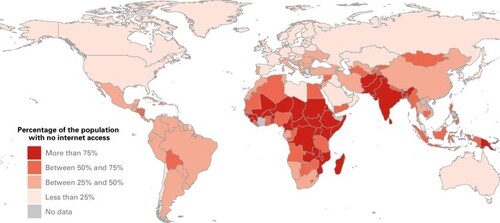 |
| ▲ This image, captured from researchgate.net, shows the digital divide in the percentage of global population without access to the internet. (PHOTO NOT FOR SALE) (Yonhap) |
Countries like India and China rank among the nations with the highest number of internet users, yet they also hold the largest populations without internet access. In urban areas of India, young artists have opportunities to connect with global platforms through AI-driven art programs and educational resources. In contrast, rural areas often lack sufficient internet access, which hinders artists from participating in the digital art community. Similarly, in Africa, inadequate digital infrastructure and limited technology education leave local artists with fewer opportunities to experience the development of AI art, risking the loss of diverse cultural expressions.
To address these challenges, local arts organizations have initiated various technology education programs. However, many artists still face financial barriers in acquiring expensive AI-based software and equipment. Accessing high-speed internet also remains a major obstacle, preventing artists in underserved regions from fully engaging in creative work using advanced technologies. This technological disparity restricts equal opportunities in the art world, highlighting the persistence of inequality in creative domains.
AI art undoubtedly holds transformative potential, expanding artistic possibilities in profound ways. However, behind the advancement of technology lies the stark reality of digital inequality and cultural exclusion. Limited access to technology affects more than just data or information consumption; it restricts creative and cultural expression. This is especially true for artists from low-income backgrounds, the elderly, and creators in developing regions, who find themselves excluded from the benefits of AI-driven art, ultimately impinging on their cultural rights.
As an educator and artist, I assert that global corporations and policymakers must take a more active role in bridging technology and education divides, much like MIT, Yale, and the BBC did in the past. Initiatives by Google, Meta, and Elon Musk, such as launching balloon-based and satellite internet services, are promising steps toward reducing this gap.
Addressing AI access inequities aligns with the ethos of the Web 3.0 era, which calls for a more decentralized and inclusive internet. By advancing "democratization of artificial intelligence," we can envision a future where all can share in the transformative power of AI, mirroring the ideals of "democratizing knowledge" in the digital age.
(C) Yonhap News Agency. All Rights Reserved

















